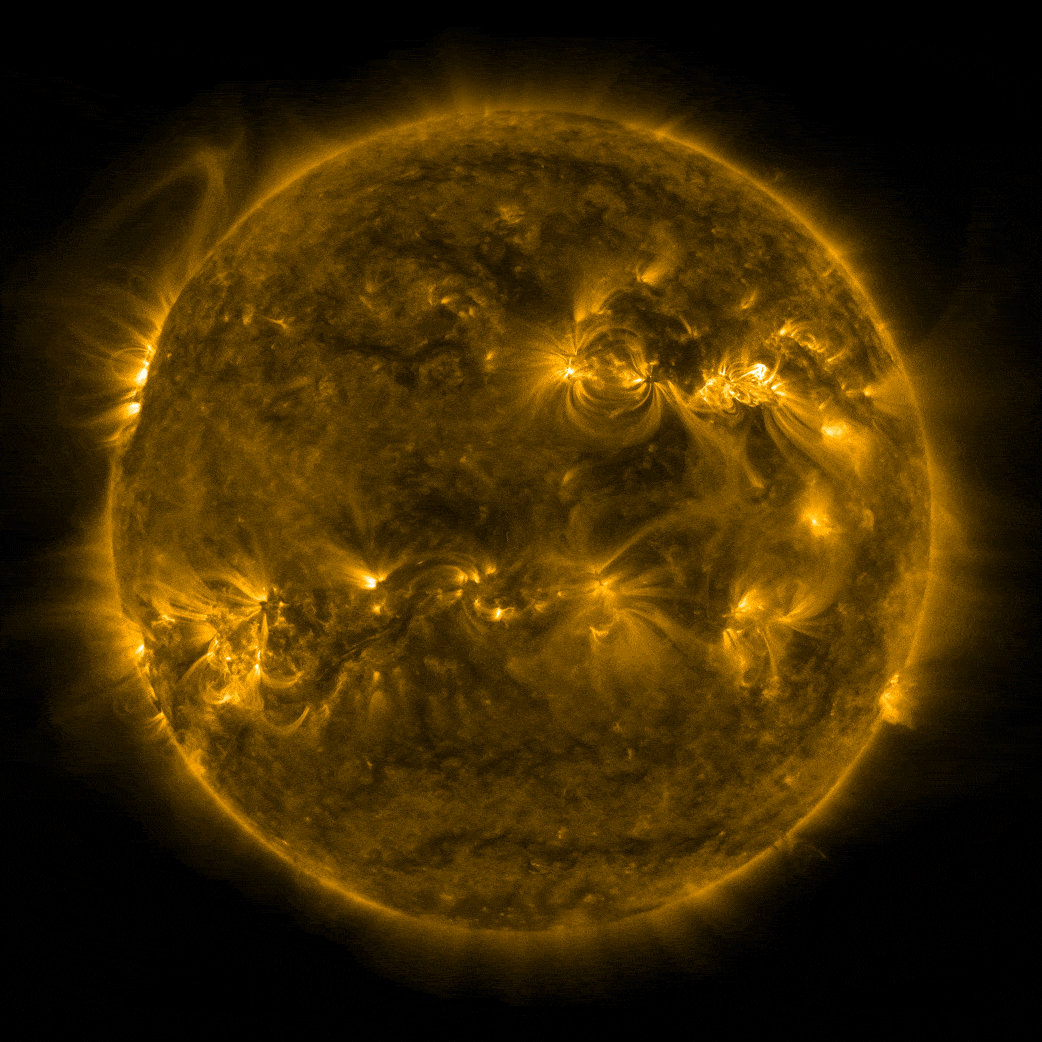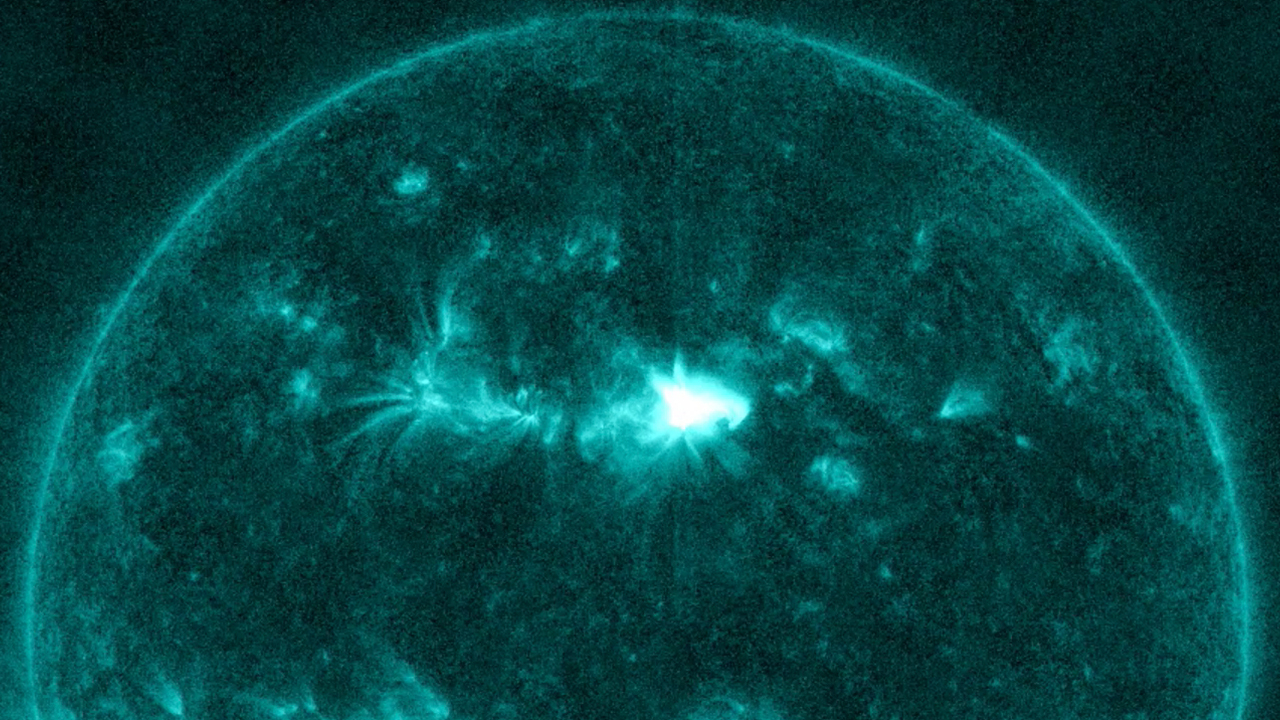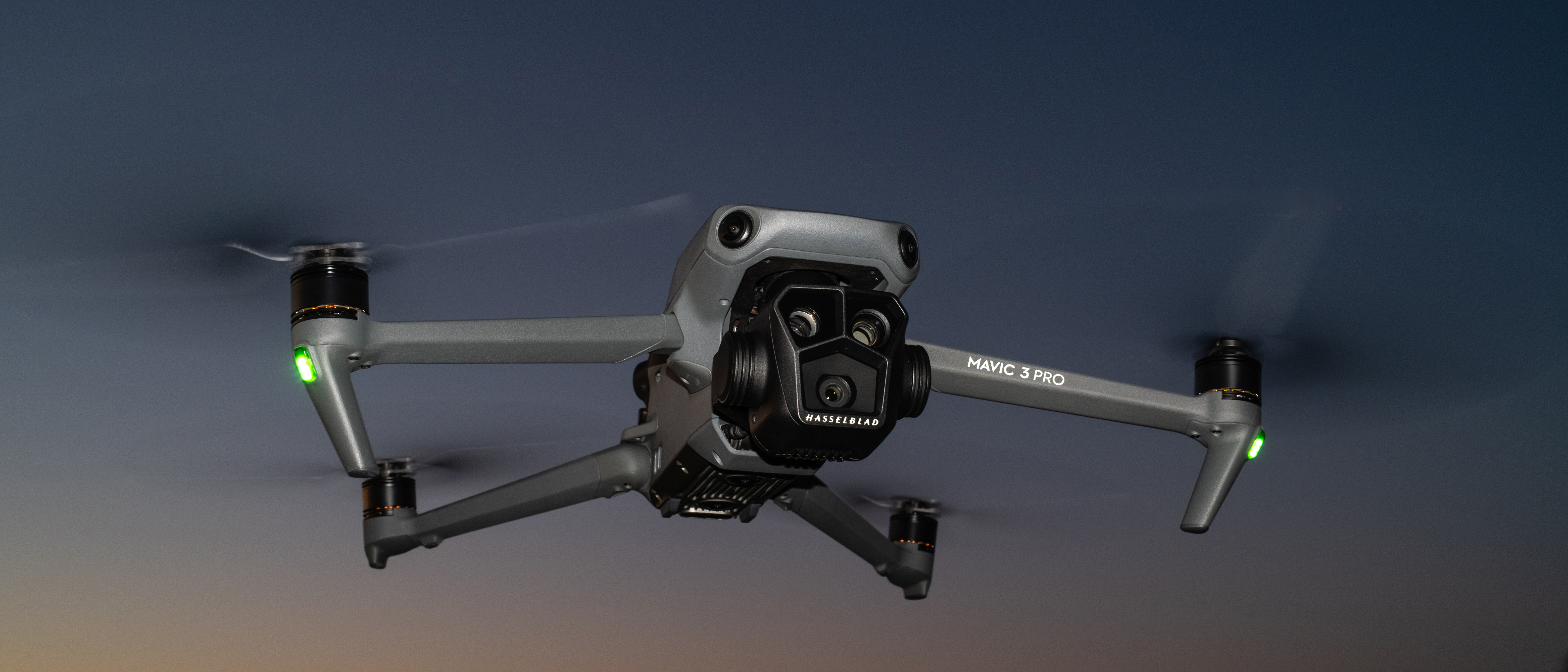A hyperactive sunspot just hurled a huge X-class solar flare into space
The flare even caused a shortwave radio blackout.
A fast-erupting sunspot just hurled out a huge flare.
The hotbed of sun activity, known officially as AR2975, sent out a powerful X-class flare that has already created a temporary blackout in shortwave radio signals in the Americas, according to SpaceWeather.com. (AR2975 has already burped more than 17 moderate-sized flares in recent days, but this outburst is a bit more powerful.)
"Aviators, mariners, and ham radio operators may have noticed unusual propagation effects at frequencies below 30 MHz [megahertz]," the website reported Wednesday (March 30) in the hours after the flash.
Related: Earth braces for solar storm, potential aurora displays

Solar flares are ranked first by category — A-class are weakest, then B-, C-, and M-class, with X-class the strongest — and then by size, with smaller numbers representing smaller flares within the class. Wednesday's flare was an X1.3-class flare, according to SpaceWeather.
Flares are outbursts of light, but are sometimes related to coronal mass ejections (CMEs), which shoot blobs of charged particles out into space. If a coronal mass ejection emerges from the flare and is pointed toward Earth, that could cause auroras, the stunning light shows caused by charged particles hitting Earth's atmosphere. SpaceWeather added that there is circumstantial evidence suggesting a CME is emerging from the sun, but more observations will be required to confirm that.
"A CME is almost certainly emerging from the blast site," SpaceWeather continued, noting that the U.S. Air Force has detected a Type II solar radio burst that can be associated with the shock waves of a CME.
Breaking space news, the latest updates on rocket launches, skywatching events and more!

"Also, NASA's Solar Dynamics Observatory has imaged a solar tsunami apparently generated by a CME leaving the sun's atmosphere," SpaceWeather added.
SDO officially caught imagery of the event at 1:35 p.m. EST (1835 GMT), but NASA did not provide a detailed forecast beyond pointing to generic risks that may happen with solar flares.
"Flares and solar eruptions can impact radio communications, electric power grids, navigation signals, and pose risks to spacecraft and astronauts," NASA officials wrote in a statement.
The sun began its current cycle of solar activity in 2019, and is expected to reach the peak around 2025. Scientists aren't yet sure how active this solar cycle will be, although the forecast is for fewer sunspots than usual.
NASA and other space agencies constantly keep watch on solar activity to improve solar weather predictions. In most cases, CMEs simply cause auroras as charged particles hit the magnetic lines of Earth. More powerful storms, however, may cause issues with satellites or power lines.
Follow Elizabeth Howell on Twitter @howellspace. Follow us on Twitter @Spacedotcom or on Facebook.
Join our Space Forums to keep talking space on the latest missions, night sky and more! And if you have a news tip, correction or comment, let us know at: community@space.com.

Elizabeth Howell (she/her), Ph.D., was a staff writer in the spaceflight channel between 2022 and 2024 specializing in Canadian space news. She was contributing writer for Space.com for 10 years from 2012 to 2024. Elizabeth's reporting includes multiple exclusives with the White House, leading world coverage about a lost-and-found space tomato on the International Space Station, witnessing five human spaceflight launches on two continents, flying parabolic, working inside a spacesuit, and participating in a simulated Mars mission. Her latest book, "Why Am I Taller?" (ECW Press, 2022) is co-written with astronaut Dave Williams.
